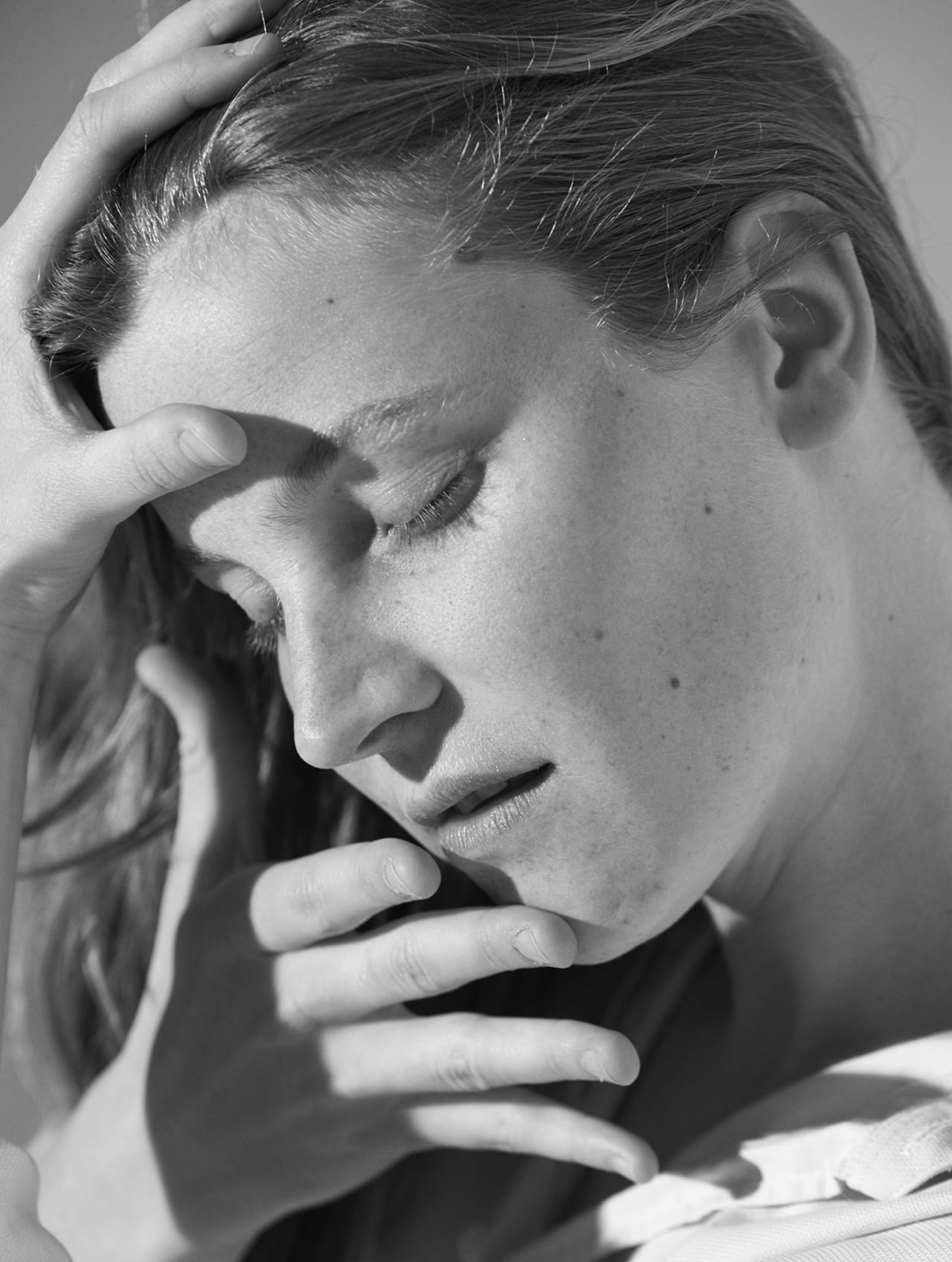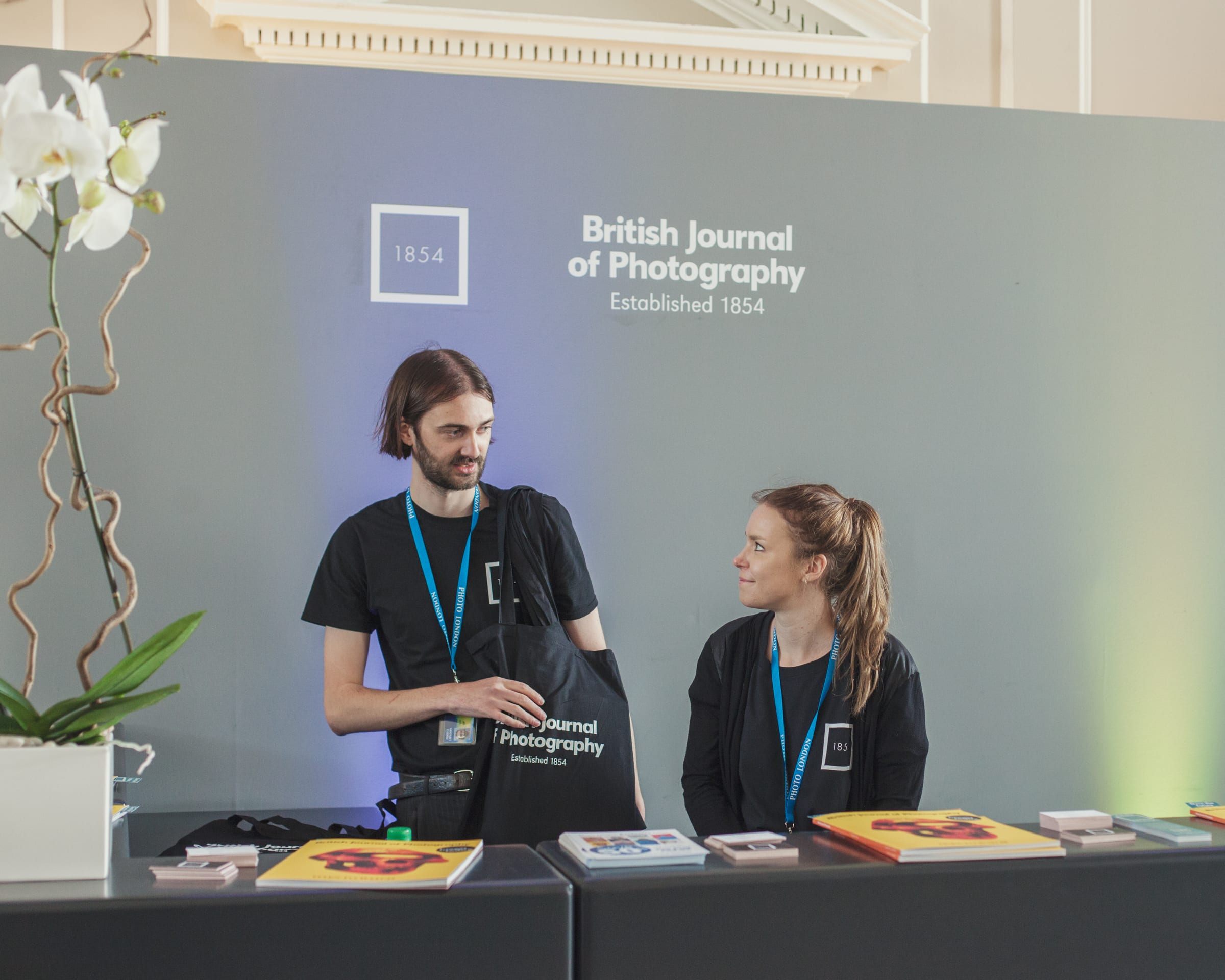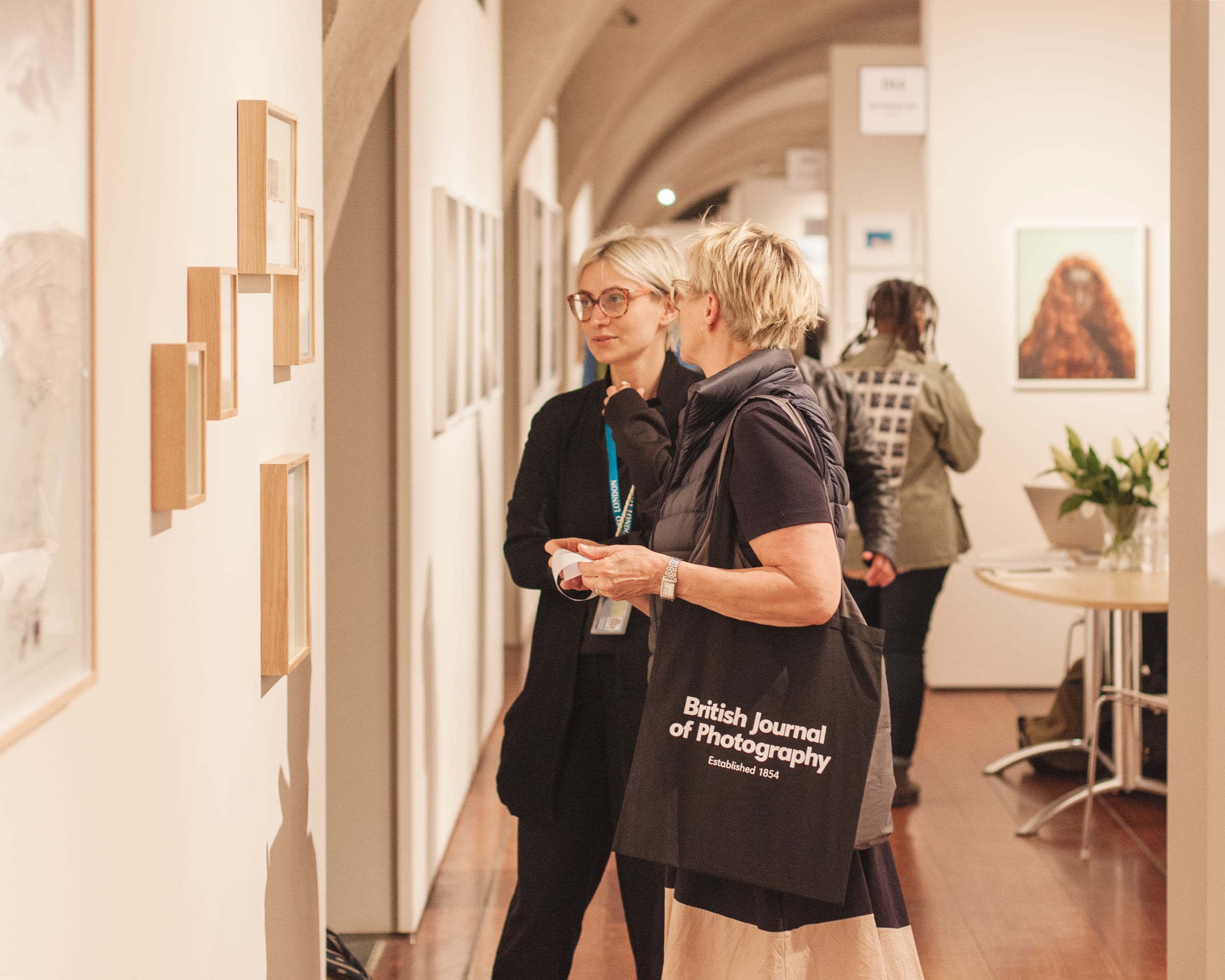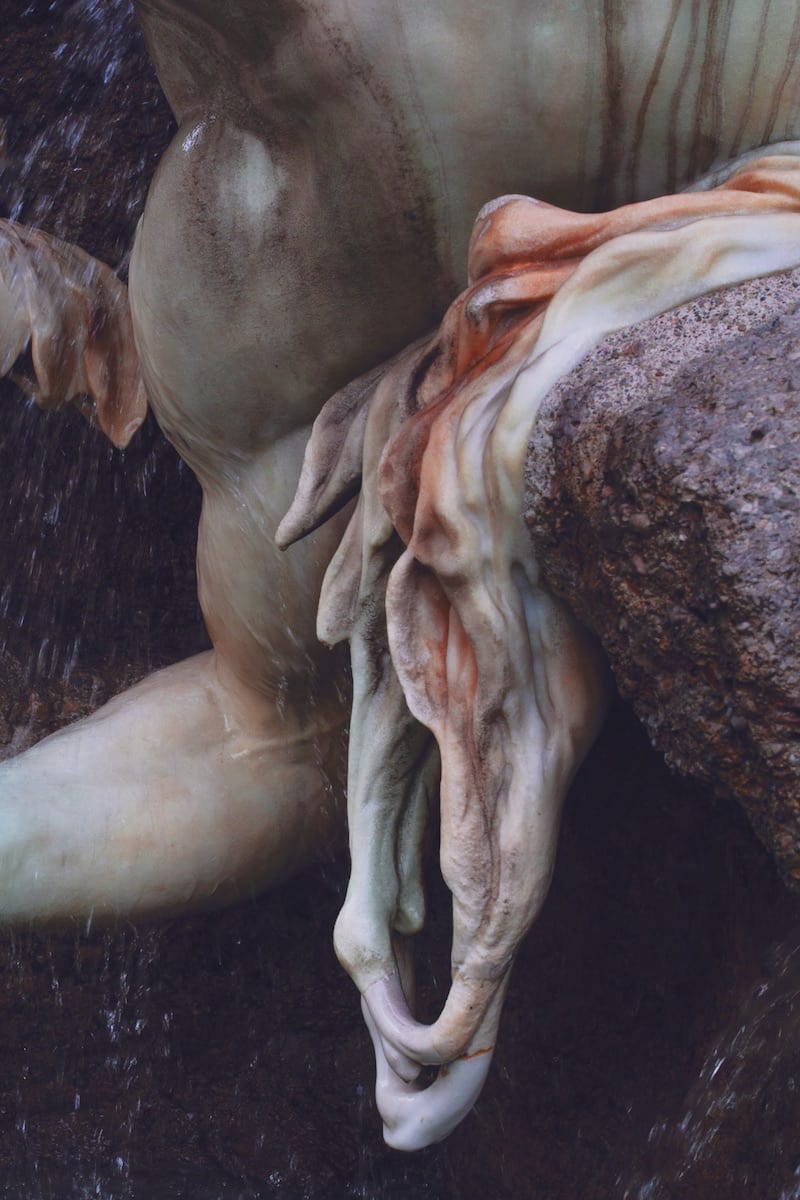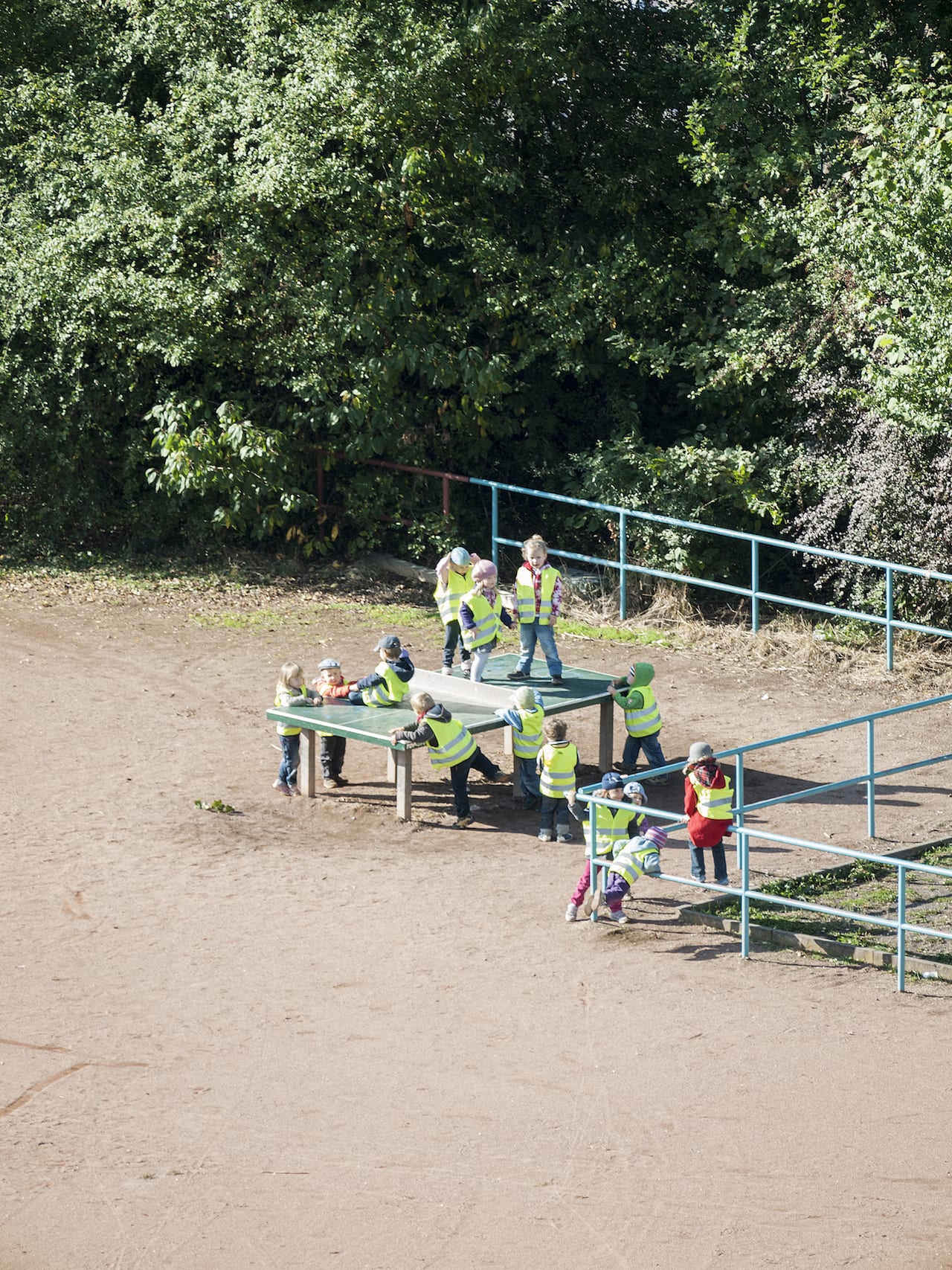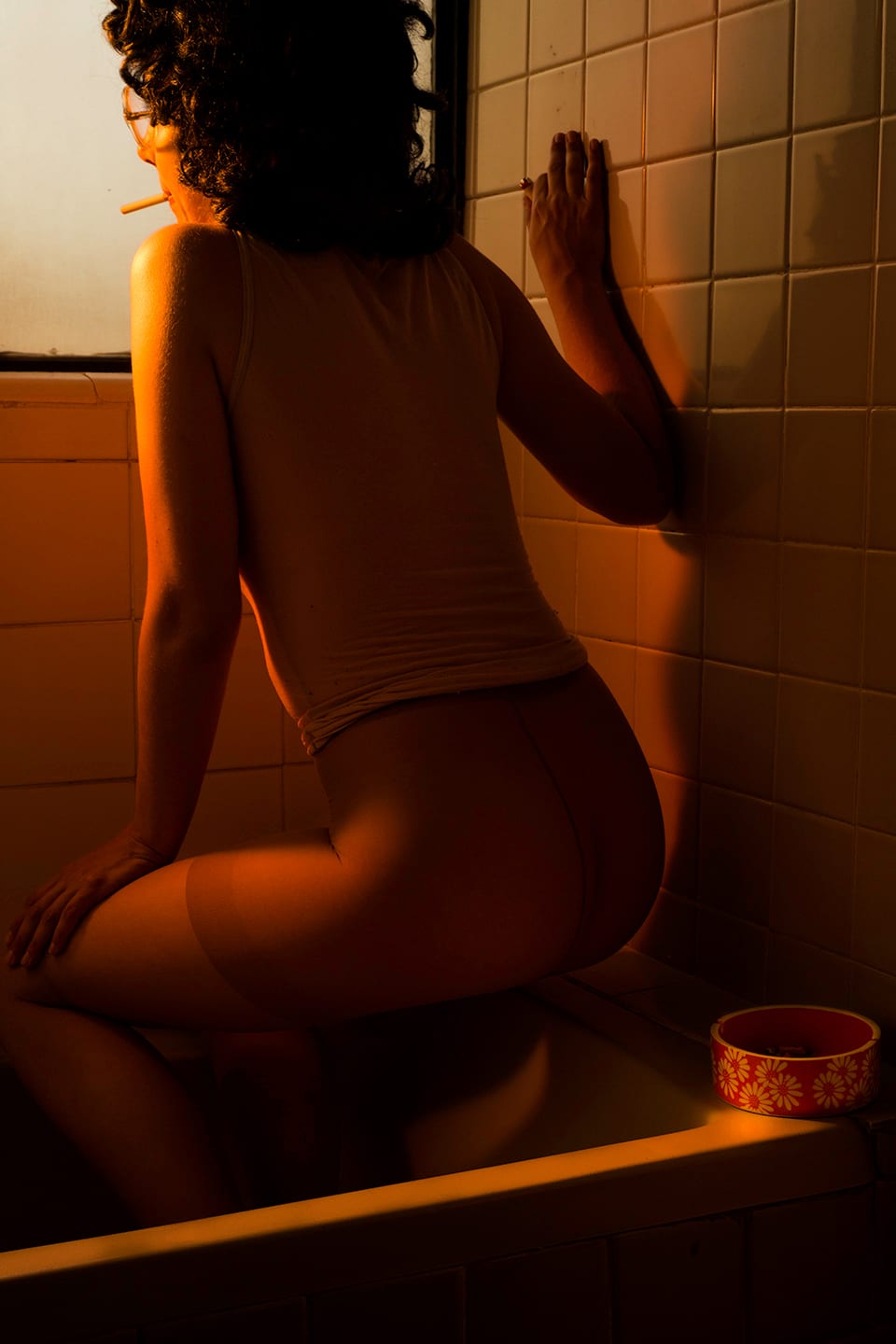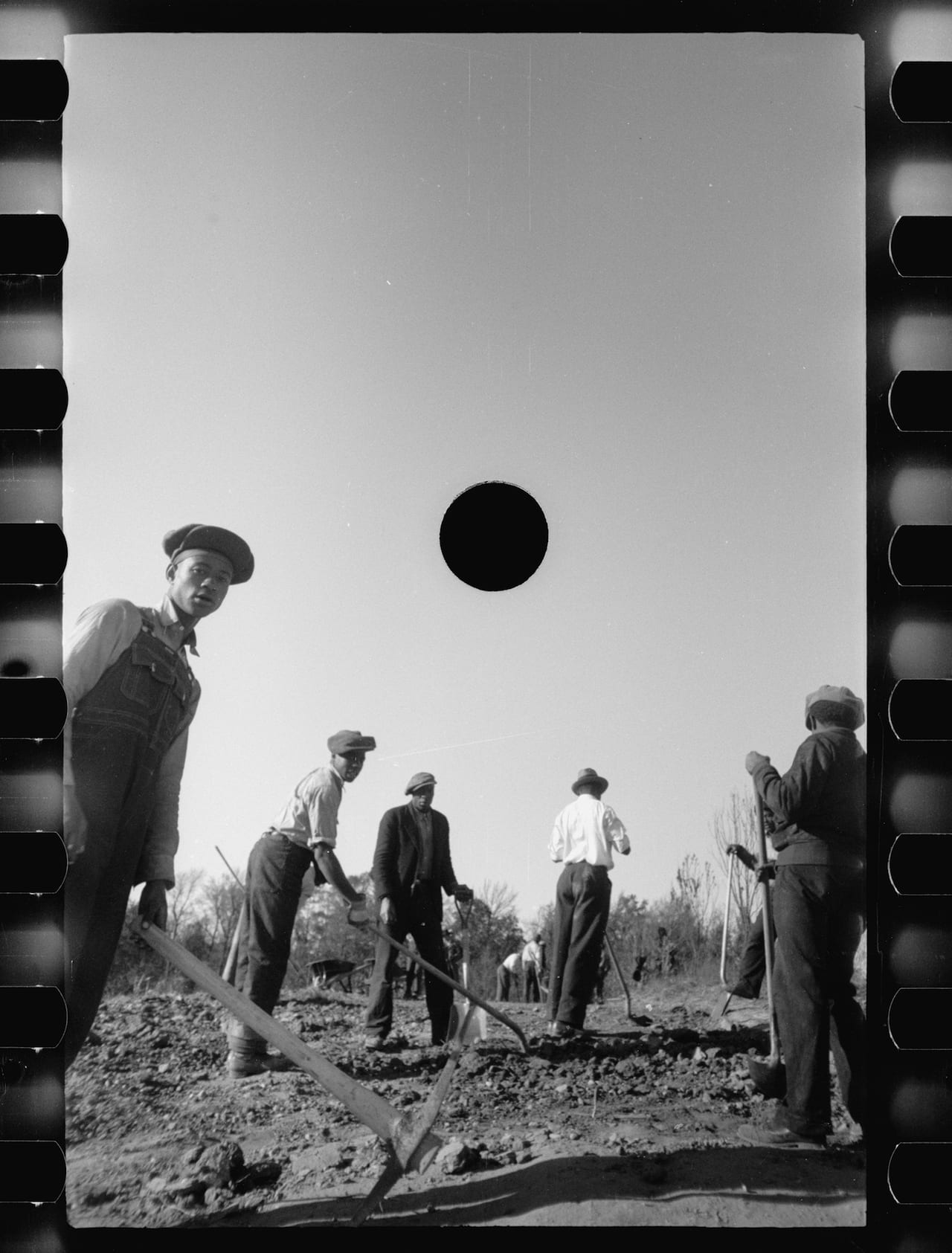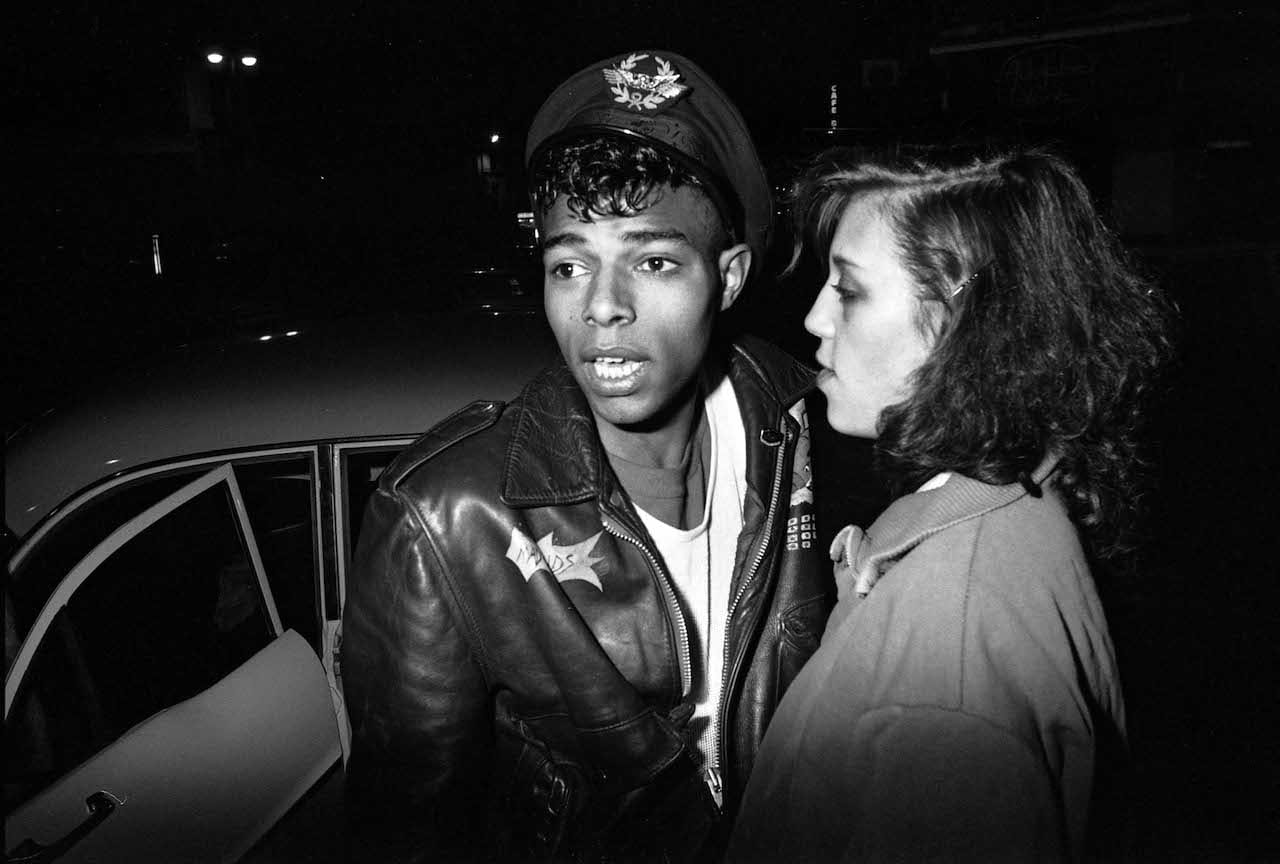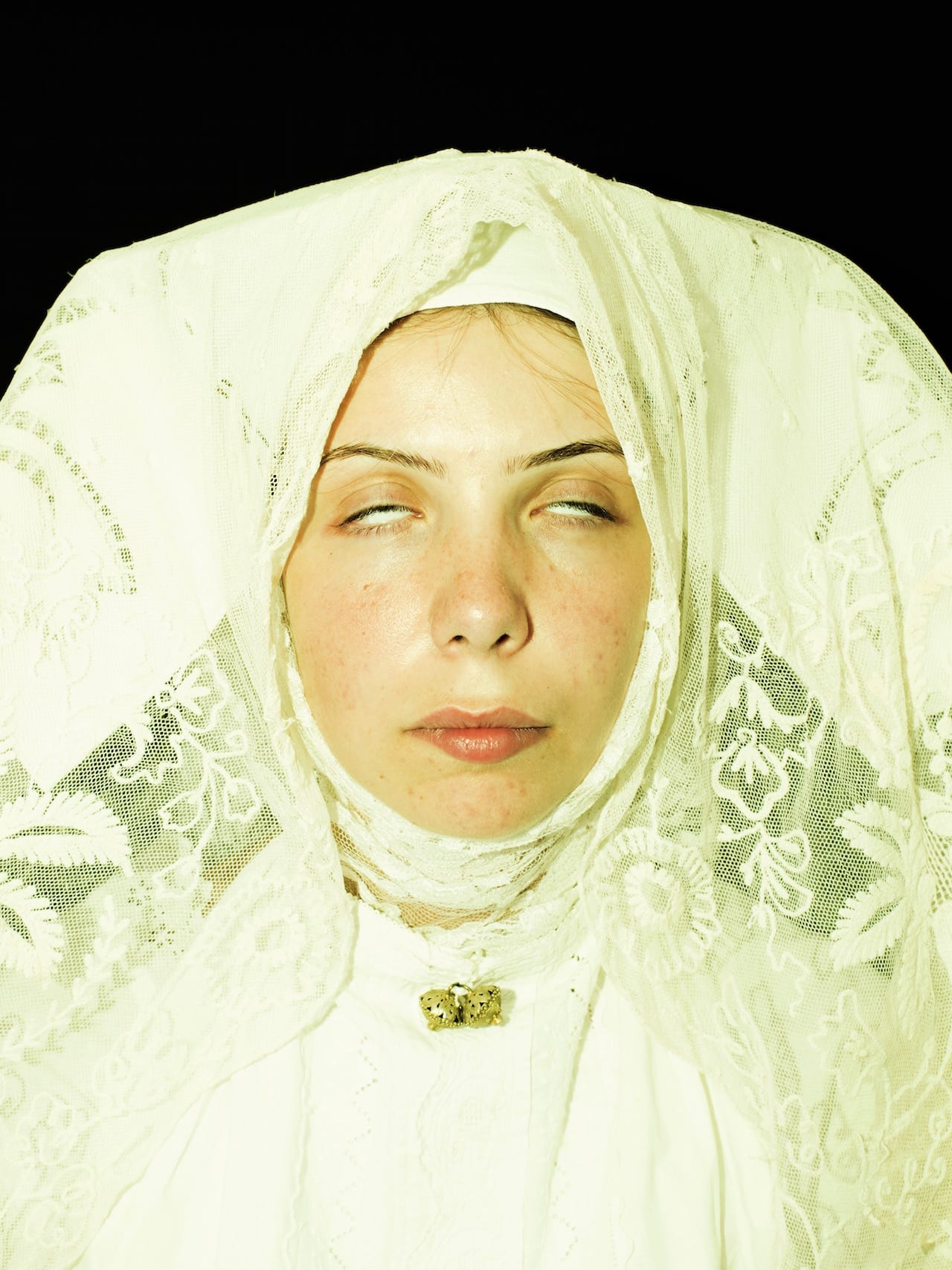“Tu sais qu’est-ce que c’est le rayon vert?” Marie Rivière’s listless character Delphine asks, her legs swinging, in Éric Rohmer’s 1986 film Le Rayon Vert [The Green Ray]. The film – a portrait of its main character’s halting search for summer romance – was based on Jules Verne’s 1882 novel of the same name. While in theory its title refers to an optical phenomenon – in which the appearance of the sun as it rises or falls beyond the horizon creates a brief flash of green, and with it a supposed moment of mental clarity for all those who see it – in reality its subject matter is far more elusive. “I related the ‘rayon vert’ phenomenon to the process of photography – this special and quick moment that happens rarely,” Swiss photographer Senta Simond explains, referring to her project of the same name. Her series, which will be published by Kominek and shown at London’s Webber Gallery soon, adds a new, compelling layer to the meteorological event/Jules Verne/ Éric Rohmer mix of references. Indeed, Simond, a former student of ECAL, University of Art and Design Lausanne, from which she graduated last summer, first encountered the concept via the 1986 film.
